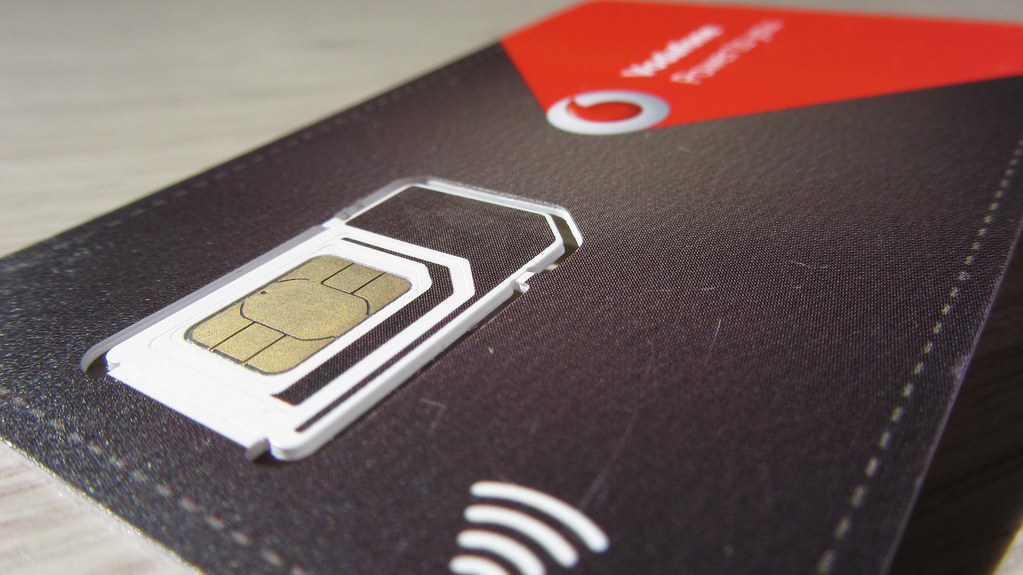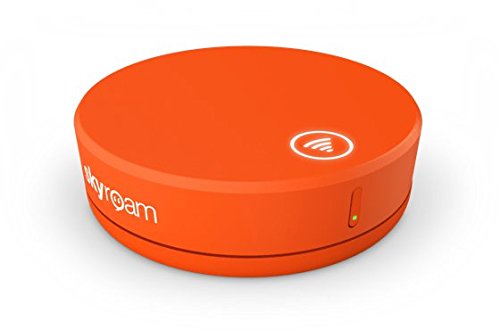“We’re All Connected” was the slogan of New York Telephone in the ’90s and reminded everyone that no one is further than a phone call away. I think that today, the slogan would be “We’re Always Connected,” or that’s at least the way it feels. Do you disagree with me? What happens in your house when the internet goes out? Everyone becomes a member of tech support, trying to reset routers and checking connections so we can get back online. Forget if it’s an external problem and you must use your phone’s connection. (Note from Sharon: Well, if you get a decent reception at your house, anyway. We don’t.)
Travel used to be one of the times to get away from it all if you wanted to, but that’s no longer the case. There’s hardly anywhere in the world you can be disconnected, whether on an island in the Maldives, in the middle of the ocean on a cruise line or 35,000 feet in the air on an airplane. Almost wherever you are, you’re not far from a Wi-Fi connection.
So now that you’re only a second away from being online, what are your options for staying connected while traveling outside your home country?
Public WiFi Networks
One way to stay connected will be to use public WiFi networks. These locations at hotels, restaurants, airports, train stations and other public places will provide an internet connection. When you use these networks, you could be giving access to your data to anyone with the right skills. This is true even when you think you’re connected to a legitimate network. Data thieves often hang out in areas with free WiFi and set up networks that appear identical to the real ones, but your data actually passes through their computers.
If you use any public network, even the one in your hotel lobby, you need to be using a VPN. Here’s a link to find out about our favorite VPN services.
Your Cell Phone
Using your phone to surf the internet outside your home country used to be insanely expensive. Depending on your plan, it still can be, but having the right service nowadays can give you free or decently priced international data coverage. For us, this was one of the reasons we left AT&T for T-Mobile, and we’re happy we did. With T-Mobile, we get up to 5GB of high-speed data.
Google Fi is trying to break into this market, offering high-speed international data roaming at the same price as your home service, $10 per GB. You need to have a Google Fi-eligible phone, and while some people love the service, others have dropped it after using it for a few months due to connection or technical problems.
Verizon, AT&T and Sprint all have their version of an international pass at various price points, and if you don’t often travel internationally, this is the easiest option.
Buy A Local SIM

Another way to get data is to buy a local SIM card. If you’re planning in advance, you may be able to do this ahead of time, or it’s possible to purchase one when you arrive. Larger airports often have kiosks or vending machines everywhere selling cards to tourists. Like everything, you need to know what you need data-wise and a reasonable price, or you’ll be overcharged.
Purchasing a SIM card is easier in some countries, so do your homework beforehand for wherever you’re traveling.
Look into a Roaming SIM
While not the cheapest option, if you’re interested in saving time and immediate functionality, a roaming or international SIM card might be the best for you. This is a single SIM card with access to the internet in many different countries. Think of it as T-Mobile’s service, where you’re online immediately when you enter a new country. Some cards are for voice and data, and others are for data only.
Several services are offering Roaming SIM cards:
- WorldSIM
- OneSIM
- KnowRoaming
- GigSky (for e-SIM products but offers plans for all phones)
For Multiple Devices, Check Out Mobile Hotspots
Mobile hotspots allow you to have a single roaming SIM and use the connection for multiple devices. This is the most expensive option, but this may be a good answer if you need to have several things online simultaneously. Hotspots are used for data, so while they don’t provide a phone number, you can use online phone services like Skype, WhatsApp or whatever other services are available (sorry, that’s not my thing, as I avoid phone calls whenever possible).

Companies that provide hotspots typically offer both rental and purchase options. You’ll pay more daily for a rental and be responsible for shipping charges (often included in your bill). If you purchase the device, you’ll still need to pay a per-day charge, but it’s lower than the daily rental fee, so if you use a hotspot often, it may be worth it to purchase it in the long run.
Purchase prices run from $99 to $150, and daily charges cost between $8 and $10 a day.
The one thing you’ll need to consider with a mobile hotspot that isn’t a problem with the other options is battery life. This device will connect to the internet and multiple devices all day. When the hotspot runs out of battery, your internet connection goes out. Another concern is that you’re only connected to the internet when you’re in range of the hotspot. If you have two people using it, you will have plenty of together time if you want to stay online.
Here are some companies that sell and/or rent mobile hotspots.
Final Thoughts
While there are several ways to get online when traveling, the one that’s best for you will depend on how often you travel, where you’re going and how much data you need to use. For the casual traveler, using the data from your cellular provider may be enough when combined with the WiFi at your hotel. Getting a local SIM will usually be the best option if you’re traveling in one location for weeks or months. Roaming SIM and Mobile Hotspots are specialized items that will be perfect for some users but overkill for the casual traveler.
Want to comment on this post? Great! Read this first to help ensure it gets approved.
Want to sponsor a post, write something for Your Mileage May Vary, or put ads on our site? Click here for more info.
Like this post? Please share it! We have plenty more just like it and would love it if you decided to hang around and sign up to get emailed notifications of when we post.
Whether you’ve read our articles before or this is the first time you’re stopping by, we’re really glad you’re here and hope you come back to visit again!
This post first appeared on Your Mileage May Vary

4 comments
Two phrases match my experience:
” we left AT&T for T-Mobile” and “Well, if you get decent reception in your house, anyway. We don’t.”
Exactly. T-Mobile is wonderful internationally and downright crappy domestically. If it were just for me, I’d consider T-Mobile again, because I’m out of the country a lot. But for my family, driving the highways of Texas, the connectivity problems are too much to handle.
You somehow totally ignore eSim the most convenient option (or HW allows)
T-Mobile is fine for me locally. In Canada, T-Mobile is really slow. It’s barely usable for email and then use wifi for general reading, like the news or maps.
In some countries, a local SIM is cheap and fast.
I found mobile hotspots to be the best option for me while travelling in Japan. They’re fast, connects to the great cellphone network, and the service I use will deliver to the airport or hotel. Once I’m done, I just mail back before I go through airport security.
I’ve considered esims, but the unlimited data available to the hotspot suits me and my 4-5 electronic devices I keep on me that needs a connection.
Public wifi requires so many hoops to jump through in order to use and hotel wifi ranges from okay to bad depending on hotel brand and number of people trying to share. If I’m on the lower floors, the mobile wifi works just fine, but on some higher floored hotels like Odakyu Southern tower, I couldn’t get a good signal and had to fall back on the wifi.